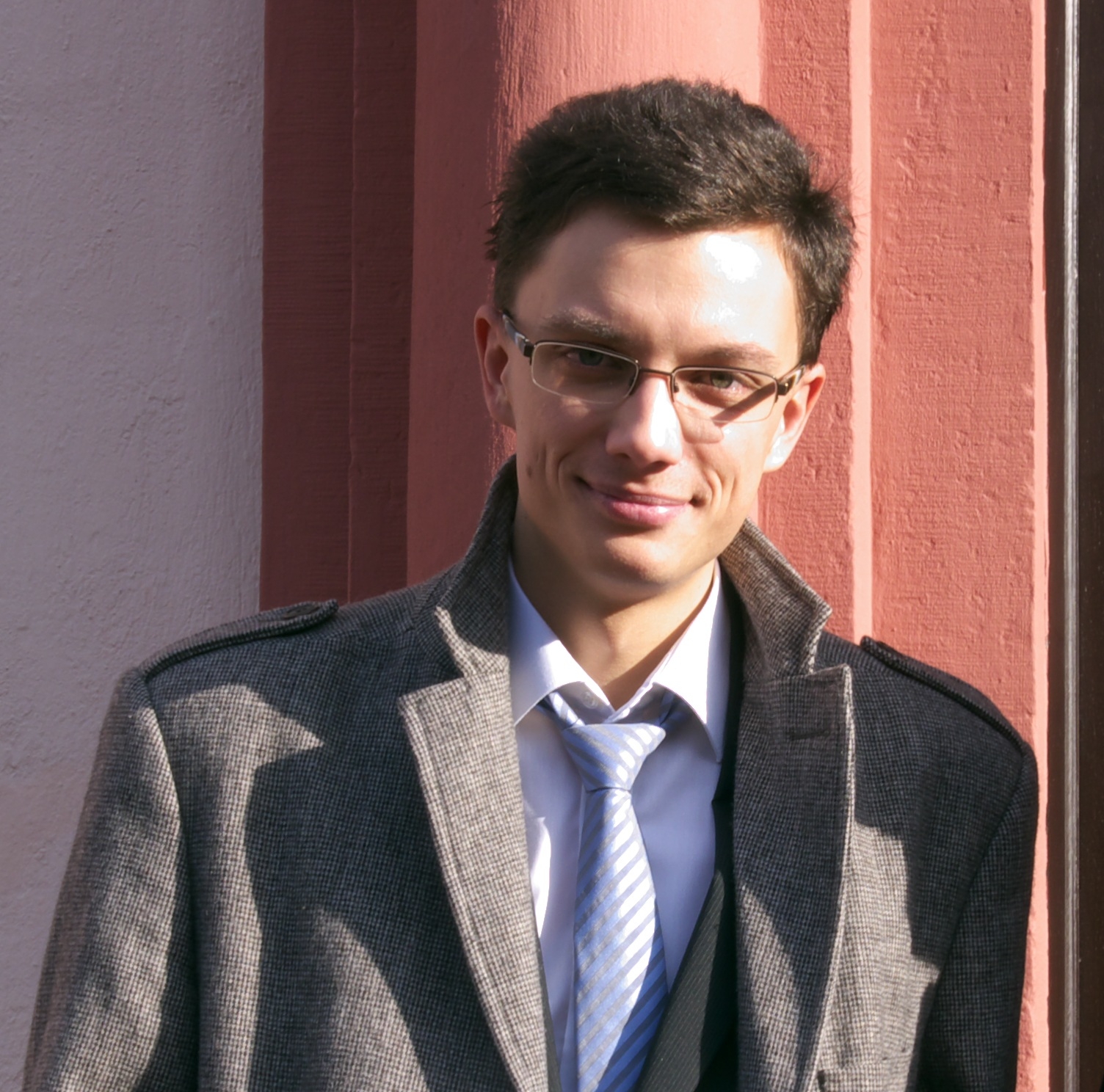Kirill Monakhov#
Bibliographical noteKirill Monakhov was born in Moscow, Russia. After he earned his Bachelor’s and Master’s degrees in Chemistry from the Moscow State University of Fine Chemical Technologies, which honored him with the Master's Thesis Award, he moved to Germany to continue his education to Ph.D. level at the University of Heidelberg. During the Ph.D. period, Mr. Monakhov was a member of the Graduate College 850 “Molecular Modeling” of the Deutsche Forschungsgemeinschaft (DFG) and a scientific co-worker of Prof. Gerald Linti at the Institute of Inorganic Chemistry. In 2009, he was chosen in a competition among young scientists worldwide to participate in the 59th Meeting of Nobel Laureates, dedicated to chemistry. At the age of 25, he received the degree of Doctor of Science with the grade magna cum laude. Dr. Monakhov's Ph.D. thesis is entitled, “Experimental and Theoretical Study of the Polynuclear Bismuth Compounds – Dimers, Clusters, Molecular Self-Assemblies and Polyhedral Cage Molecules”.
In 2010, Dr. Monakhov was awarded a HPC-Europa2 transnational access grant from the European Commission to carry out computational studies using the facilities of the Dutch National Supercomputing and e-Science Support Center (SARA) in Amsterdam, in collaboration with Prof. F. Matthias Bickelhaupt (Department of Theoretical Chemistry, VU University Amsterdam, The Netherlands). Afterwards, he obtained a DFG postdoctoral fellowship to conduct research in the group of Prof. Pierre Braunstein (Laboratoire de Chimie de Coordination) at the University of Strasbourg, France. The geographic and thematic mobility of Dr. Monakhov contributes to build the necessary “scientific bridges” between European research organizations and as a consequence to promote a better scientific cooperation.
Details of research
Dr. Monakhov's research focuses on the chemistry of main group and transition metals with the emphasis on their coordination clusters, nanoscopic cages and molecular self-assemblies.1,2 He is concentrating his efforts on the synthesis, characterization, and theory of new functional materials with specific physical properties, which would spark considerable interest in their applications in the chemical sciences and technology.
Relevant publications
[1] Molecular assemblies based on Cp*BiX2 units (X = Cl, Br, I): an experimental and computational study. K. Yu. Monakhov, T. Zessin, G. Linti, Organometallics 2011, 30, 2844–2854.
[2] Alkali-metal supported bismuth polyhedra – principles and theoretical studies. K. Yu. Monakhov, G. Linti, L. P. Wolters, F. M. Bickelhaupt, Inorg. Chem. 2011, 50, 5755–5762.
Address:
Laboratoire de Chimie de Coordination
Université de Strasbourg
Institut de Chimie (UMR 7177 CNRS)
4 rue Blaise Pascal, 67081 Strasbourg, France
Current address:
Institut für Anorganische Chemie
RWTH Aachen University
Landoltweg 1, 52074 Aachen, Germany


